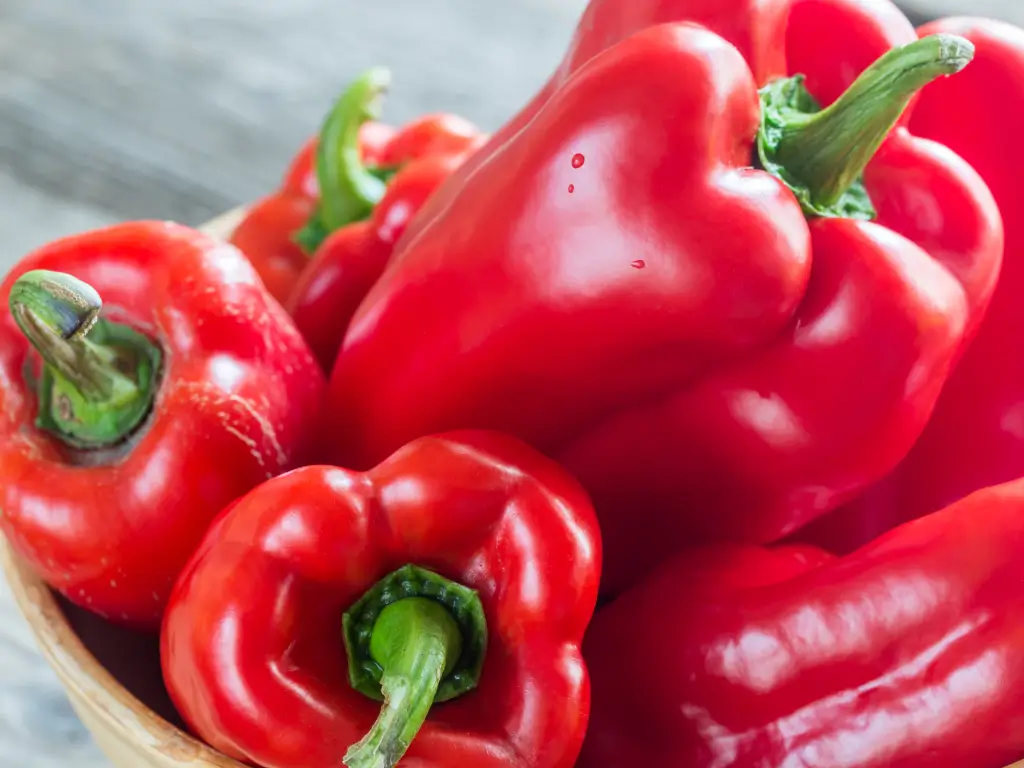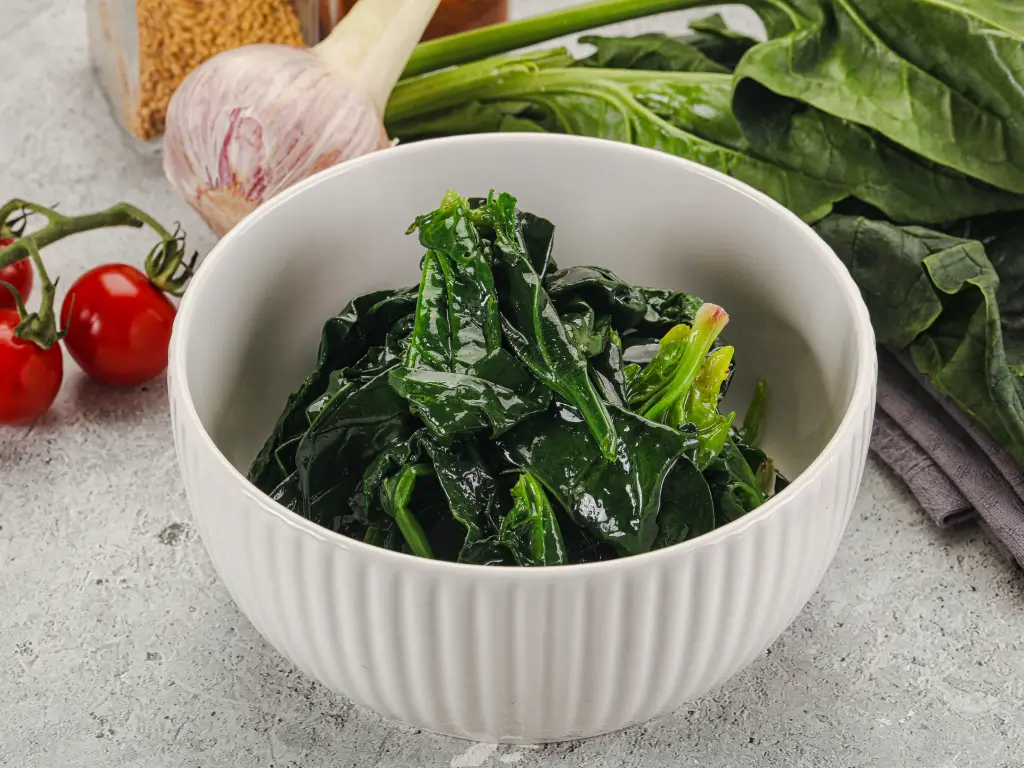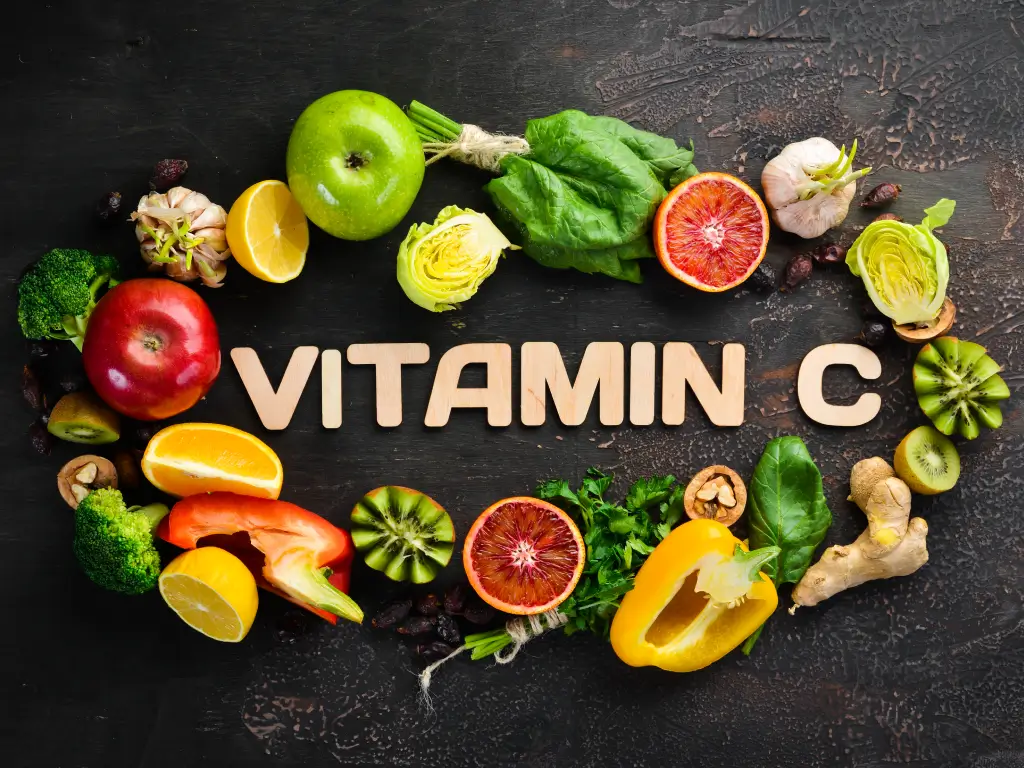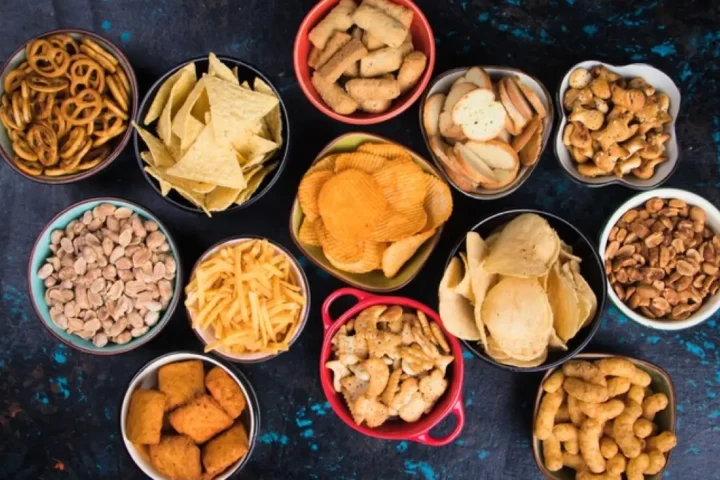Table of Contents
Did you know that not only does Vitamin C help to boost your immunity?! It is an important vitamin required to maintain skin health, the synthesis of collagen and to improve your body’s absorption of iron. It also has antioxidant properties and protects your cells from destruction by toxins within the body.
In general, people associate Oranges with a high amount of vitamin C, however, around the world, there are many other foods, which contain more vitamin C. Only 10 foods high in Vitamin C that you would not expect.
The Vitamin C Lineup: What Should You Be Eating?
Check out these vitamin C-rich foods and simple ways to add them to your meals:
1. Red Bell Peppers: The Crunchy Superstar
It will come as a shock to learn that red bell peppers contain 152 mg of vitamin C, one of the highest abundances. Imagine that that is two times as much vitamin C as is found in an orange. Peppers, in turn, are not only sources of vitamins; they are also packed with beta-carotene, essential for maintaining eye health and skin shielding.

- How to Eat It: Diced, they make a great salad addition; roasted, they offer an even sweeter treat; and as appetizers, handfuls of raw carrots and celery with hummus! It is one of the best ways of boosting the power meals that we take daily.
2. Kiwifruit: Small but Mighty
Kiwi is an ordinary fruit, but it is a powerhouse; a fruit contains seventy-one milligrams of Vitamin C or more than the daily recommended intake. Besides the immune-boosting properties of goji berries, kiwi also contains fiber and potassium that are good for the heart and stomach, respectively.
- Tip for Eating: It can be cut into pieces and placed directly into bowls of cereal or mixed with fruit smoothies in flavors of the tropics. Slice it into your breakfast cereal or blend it into smoothies for a tropical twist.
Why Is Vitamin C So Important?
A review of the need for Vitamin C in the human body is not just a Natural immune system booster. Here’s why this vitamin deserves a place in your diet:
- Supports Immune Function: It assists in the production of white blood cells, or corpuscles, which are your body’s primary line of defense against disease.
- Boosts Skin Health: An essential component of body structure is collagen, and thus Vitamin C is needed in order to help produce it since it aids in keeping your skin looking youthful.
- Acts as a Powerful Antioxidant: Antioxidants, specifically Vitamin E, are needed in the body to prevent cell damage that causes chronic illnesses.
- Improves Iron Absorption: In this case, if you have low iron consumption, you are encouraged to take Vitamin C to help with the absorption of the iron-containing foods that you eat.
3. Strawberries: Sweet and Loaded with Benefits
Not only are they good for your taste buds, but, truth be told, a serving of 100 g can provide you with approximately 89 mg of vitamin C. Besides, it contains a lot of antioxidants; some studies suggest that it could reduce blood pressure and cholesterol.
- How to Enjoy: Toss them in a fruit salad, blend them into smoothies, or even dip them in a little dark chocolate for a healthy treat. They’re an easy and tasty way to get your daily Vitamin C.
Quick Chart: Top Vitamin C Foods at a Glance
| Food | Vitamin C Content | Health Benefits |
|---|---|---|
| Red Bell Pepper | 152 mg (per medium) | High in beta-carotene, promotes eye health |
| Kiwifruit | 71 mg (per fruit) | High in fiber, great for digestion and heart |
| Strawberries | 89 mg (per cup) | Full of antioxidants, good for heart health |
| Broccoli | 81 mg (per cup, raw) | Packed with fiber and iron, promotes digestion |
| Oranges | 70 mg (per medium) | Classic immune booster, rich in fiber |
4. Broccoli: The Green Powerhouse
My generation will finally get to see why broccoli is such an incredible vegetable. Besides fiber, 1 cup of raw broccoli provides about 81 mg of vitamin C and strengthens bones through calcium and oxygen through iron.
- How to Cook It: Quick steam or roasted broccoli is perfect as a side dish or combined with soups and stir-fries to increase the vitamin intake of your daily diet.
5. Oranges: The Classic Choice
Speaking of vitamin C, what comes to our heads automatically? Oranges, right? One medium-sized orange contains vitamin C, which is 70 mg in addition to fiber and antioxidants. Oranges can also assist with some heart diseases, like lowering blood pressure and cholesterol.
- Enjoy It: Sip oranges in their natural juice in the morning, or just take a whole one as a quick go-down.
6. Papaya: A Tropical Treat for Digestion
It tastes great, and nutritionally, it provides 88 mg of vitamin C in the cup equivalent and has papain that acts on the digestive system. The fruit is tropical, and it contains Vitamin A, which is very essential for skin and good eyesight.
- How to Eat: Eat it raw, cut it, and make it a part of the fruit cocktail, or throw it into the blender to create a delicious tropical drink.
Foods You May Not Expect to Be Vitamin C-Rich
7. Guava: The Vitamin C Giant
Take, for instance, guava; this fruit contains the highest amount of vitamin C in the world, approx. 228 mg. Not only does it help to strengthen your immune system, but it is also good for the skin since it aids in collagen production.
- Expert Tip: Guava can be eaten fresh or squeezed to give a unique tropical-flavored and nutritious drink.
8. Kale: The Leafy Green Superfood
Any bowl or cup of raw kale has 80 mg of vitamin C. Promisingly, kale is the king of all green leaves. That makes it perfect for including in your diet if you’re searching for foods that also provide Vitamin K, calcium, and fiber.

- Try It: Eat it in a kale salad or bake the leaves into crispy chips; it would certainly satisfy your daily dose of Vitamin C.
9. Pineapple: Sweet and Juicy Immunity Booster
Finally, a cup of pineapple provides about 79 mg of vitamin C and has bromelain that helps in unearthing swelling and digestion. This fruit that grows in the tropical region especially has an excellent taste and is loaded with several other nutritional benefits.
- How to Enjoy: Consume it raw or add it to your blender for your morning detox, tropical-style.
10. Tomatoes: Small but Powerful
Although There are approximately 20 milligrams of vitamin C in one medium-sized tomato; it is important to take it in salads, sauces, and sandwiches. Tomatoes also contain lycopene, an antioxidant that is believed to have reduced heart disease and cancer.
Final Thoughts: Boosting Your Vitamin C Intake
As you can see, this means that you do not get your vitamin C from oranges alone. Nearly all fruits and vegetables contain even higher amounts of this essential nutrient. From the exciting taste of strawberries to the relatively surprising on-the-tongue richness of red bell peppers, it is rather simple to get enough vitamin C into your diet just throw some of these foods into your meals.
Therefore, by all means, incorporate some of these foods that are rich sources of vitamin C into your diet and see your health change for the better. Besides increasing the immunity of your body, you are going to pamper your skin, heart, and the entire body, generally!












